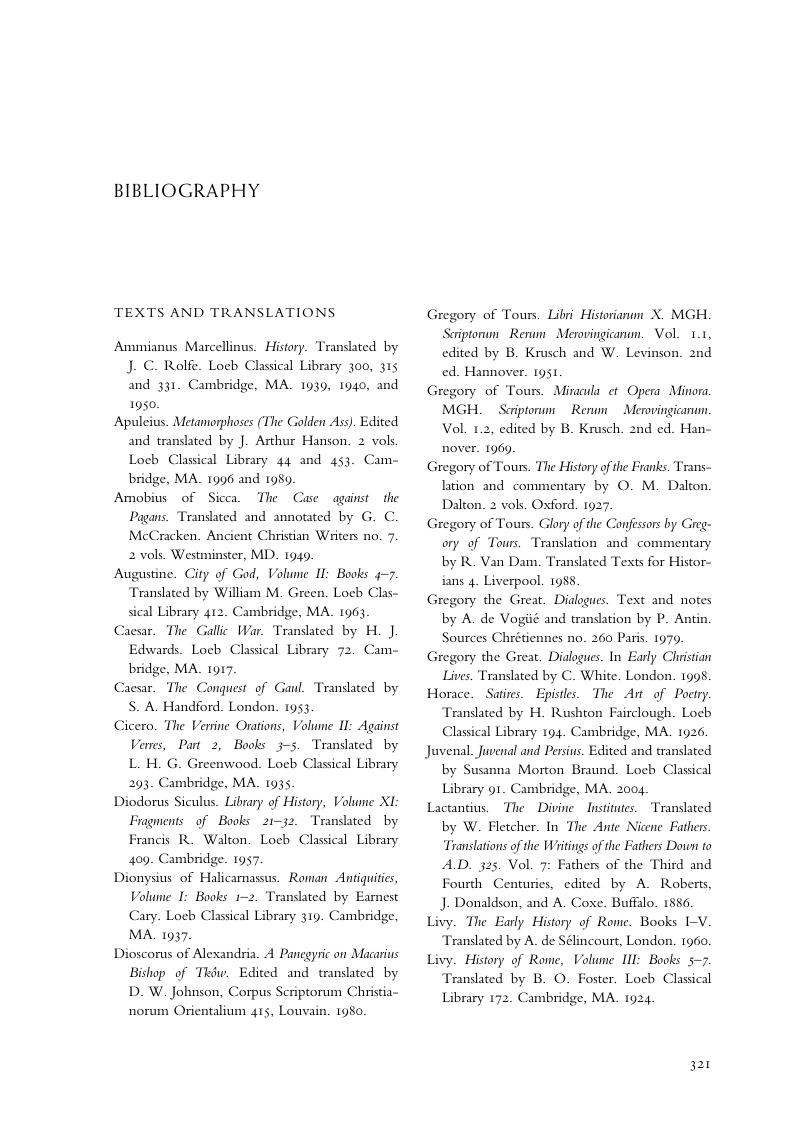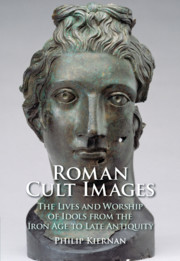Book contents
Bibliography
Published online by Cambridge University Press: 15 May 2020
Summary

- Type
- Chapter
- Information
- Roman Cult ImagesThe Lives and Worship of Idols from the Iron Age to Late Antiquity, pp. 321 - 346Publisher: Cambridge University PressPrint publication year: 2020



